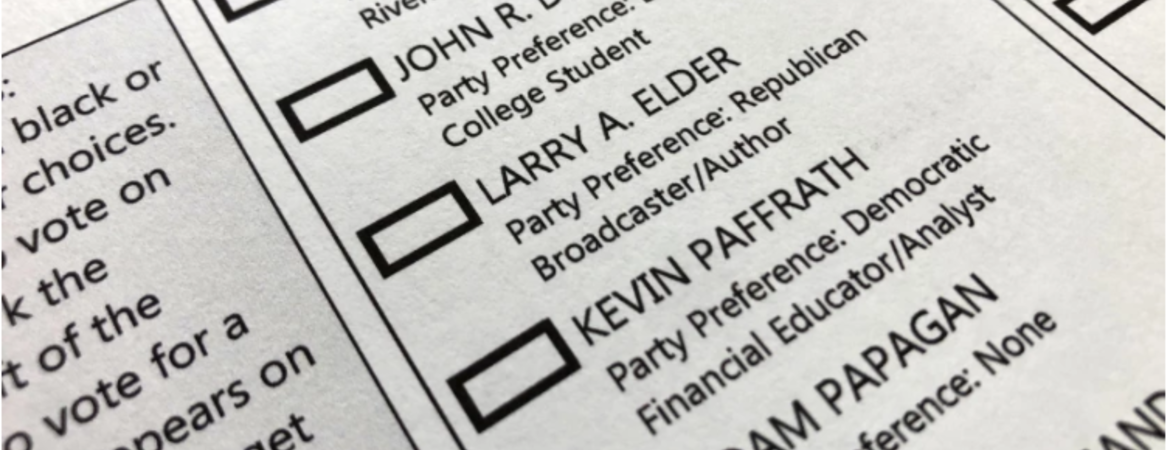Center for Social Innovation

When voters ratified the statewide recall in October 1911, California led the nation in innovative governance. Until then, direct democracy mechanisms had mostly been reserved for local governments, such as New England town halls. The Progressive Party, with Gov. Hiram Johnson of California as its most outspoken champion, proposed the recall as a means for citizens to bypass political corruption and railroad-baron dominance of the state legislature.
What was path-breaking and innovative a century ago, however, looks anachronistic and downright dangerous today — regardless of the outcome of Tuesday’s gubernatorial recall election. In these times of intense party polarization, we should be wary of mechanisms that enable electoral losers to win back power through outlandish means or to derail the governing agenda of a popularly elected officeholder.
While California is one of 19 states with a recall process, the combination of its rules makes it uniquely susceptible to gamesmanship. Those seeking a recall do not have to show malfeasance or incompetence on the part of the officeholder, as they do in eight of these states; they can simply claim poor performance. They can also propose a recall petition at any time whereas some states do not allow recalls in the first year or last year of office.
California also has a longer period for gathering signatures (160 days) than most other states, and this period was extended by an additional 120 days for the current recall because of the pandemic. Perhaps most important, California requires the smallest fraction of votes cast (12%) in the last gubernatorial election of any state.